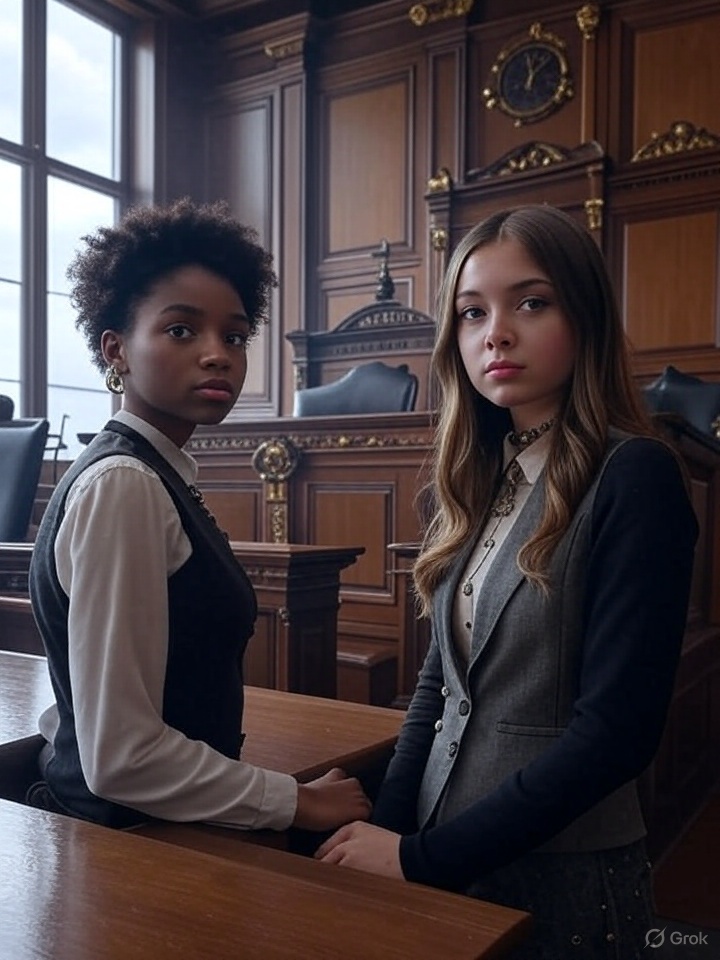In April 2024, a groundbreaking legal battle captured the attention of the influencer world when Sydney Nicole Gifford filed a lawsuit against fellow influencer Alyssa Sheil in a Texas federal court.
The case, dubbed the “Sad Beige Lawsuit,” centered on whether one influencer’s aesthetic — specifically Gifford’s “neutral, beige, and cream” vibe — could be protected under copyright law. Six months later, in May 2025, both parties requested the court to dismiss the case, bringing an anticlimactic end to what could have been a defining moment for the influencer industry. The resolution leaves unresolved questions about originality, intellectual property, and the role of algorithms in shaping online content.
The Core of the Dispute
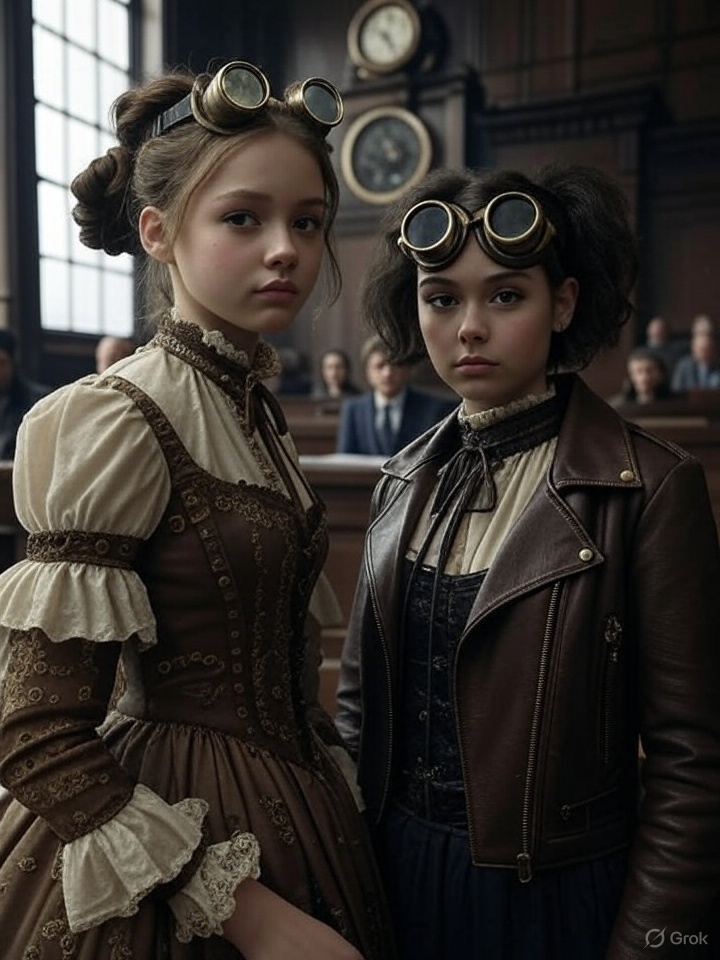 Sydney Nicole Gifford, a 24-year-old influencer with nearly 900,000 followers across Instagram and TikTok, accused Alyssa Sheil, 21, with 440,000 followers, of copying her carefully curated “clean girl” aesthetic.
Sydney Nicole Gifford, a 24-year-old influencer with nearly 900,000 followers across Instagram and TikTok, accused Alyssa Sheil, 21, with 440,000 followers, of copying her carefully curated “clean girl” aesthetic.
This minimalist style, characterized by neutral tones, beige decor, and a polished, serene vibe, has become a hallmark of influencer culture, particularly among those promoting Amazon products.
Gifford claimed Sheil replicated her social media posts, including specific camera angles, poses, product recommendations, and even elements of her personal appearance, such as tattoos and hairstyles.
According to Gifford, this alleged mimicry led to lost earnings, reduced engagement, and confusion among her followers, who mistook Sheil’s posts for her own.
Gifford sought up to $150,000 in damages for mental anguish and lost Amazon affiliate commissions, along with an injunction to prevent Sheil from posting similar content.
Sheil, in response, denied the allegations, arguing that her content was original and inspired by broader trends in the influencer space, not Gifford’s work. Sheil’s legal team contended that the “clean girl” aesthetic was not unique to Gifford but a widespread cultural phenomenon, driven by social media algorithms that reward similar visual styles. Sheil also pointed out instances where she posted content first, challenging Gifford’s claims of originality.
A First-of-Its-Kind Case
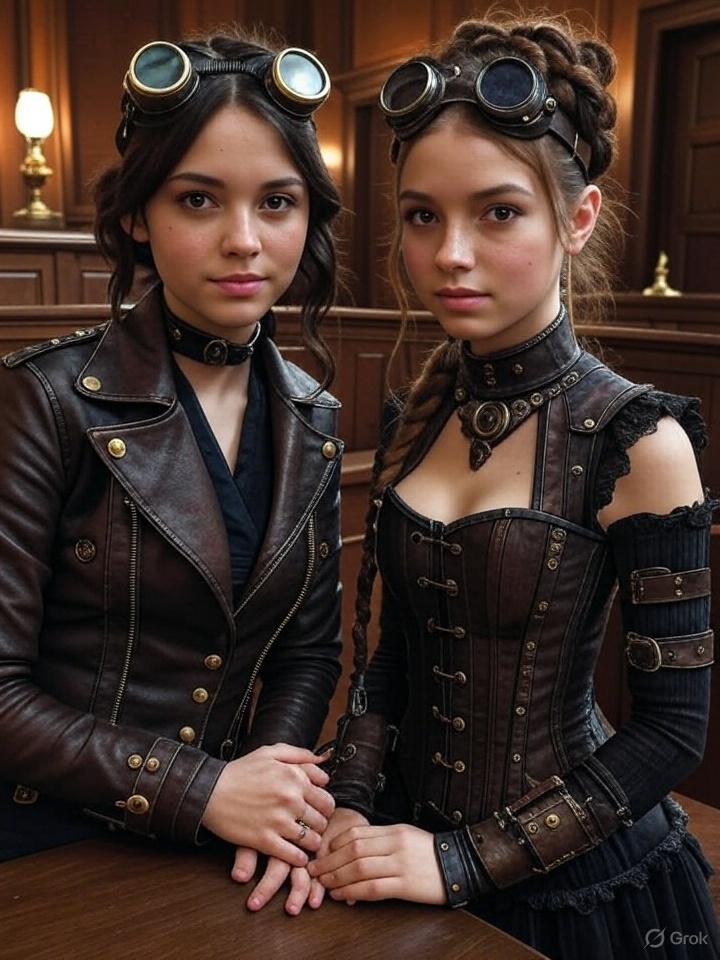 The lawsuit was notable as the first legal battle to test whether an influencer’s aesthetic or “vibe” could be protected under intellectual property laws, specifically copyright and trade dress. Gifford’s claims included copyright infringement, trade dress misappropriation, violation of the Digital Millennium Copyright Act (DMCA), and misappropriation of likeness.
The lawsuit was notable as the first legal battle to test whether an influencer’s aesthetic or “vibe” could be protected under intellectual property laws, specifically copyright and trade dress. Gifford’s claims included copyright infringement, trade dress misappropriation, violation of the Digital Millennium Copyright Act (DMCA), and misappropriation of likeness.
The case drew significant attention because it addressed a growing tension in the $250 billion influencer economy: where is the line between inspiration and infringement in a world where algorithms encourage uniformity?
In November 2024, a judge allowed four of Gifford’s claims to proceed to discovery, rejecting Sheil’s motion to dismiss in part. This decision suggested the court saw some merit in Gifford’s arguments, particularly regarding the potential for consumer confusion over similar content.
However, the judge also noted the unprecedented nature of the case, describing it as “the first of its kind” involving influencers accusing each other of copying based on aesthetic similarities.
Legal experts warned that proving originality would be an uphill battle for Gifford, given that copyright law protects specific expressions, not abstract ideas or styles like a beige aesthetic.
The Case Collapses
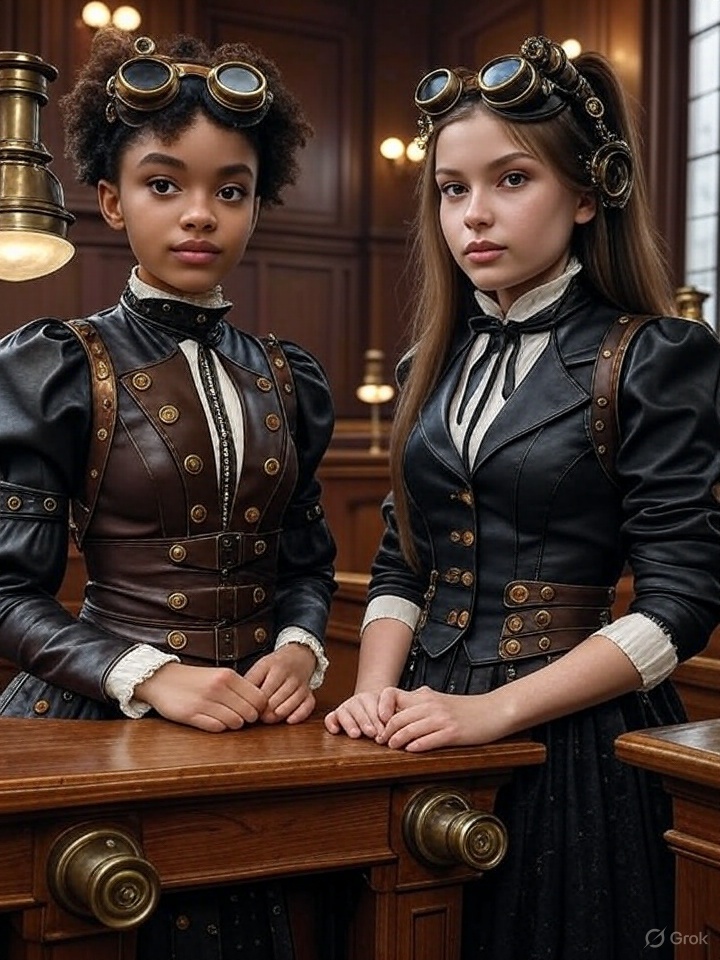 After six weeks of mediation, Gifford voluntarily dismissed her lawsuit with prejudice in May 2025, meaning she cannot refile the same claims. No financial settlement was reached, and neither party was required to pay damages.
After six weeks of mediation, Gifford voluntarily dismissed her lawsuit with prejudice in May 2025, meaning she cannot refile the same claims. No financial settlement was reached, and neither party was required to pay damages.
Posts on X reflect mixed sentiments: some view Sheil’s outcome as a victory against “bullying” in the influencer industry, while Gifford’s side cited the high cost and time demands of litigation as reasons for dropping the case.
The dismissal leaves the influencer community without a clear legal precedent. The court did not rule on whether an aesthetic can be copyrighted or how to distinguish between inspiration and infringement.
This lack of resolution is particularly significant in an industry where algorithms prioritize trending aesthetics, often leading to visually similar content across platforms. As one legal commentator noted, the case highlights the “irony” of two influencers fighting over a “relentlessly average” aesthetic that mirrors countless others online.
Implications for Influencer Culture
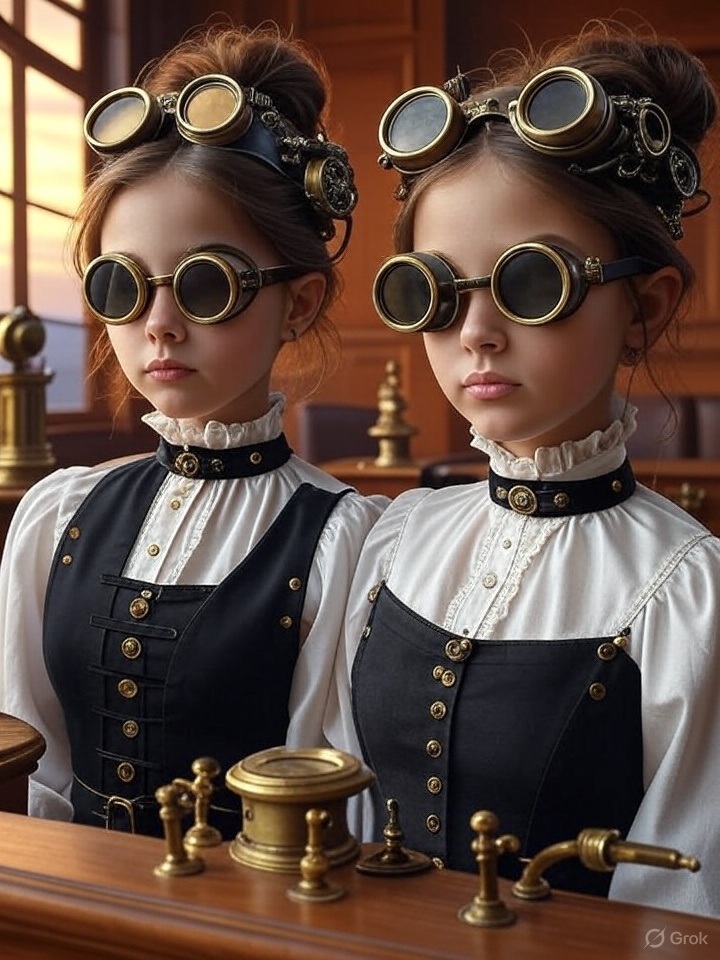 The “Sad Beige Lawsuit” raised critical questions that remain unanswered. Can an influencer’s “vibe” be legally protected, or is it too subjective and ubiquitous to claim ownership? Social media algorithms, which reward content that aligns with popular trends, create a feedback loop where influencers often produce similar posts unintentionally.
The “Sad Beige Lawsuit” raised critical questions that remain unanswered. Can an influencer’s “vibe” be legally protected, or is it too subjective and ubiquitous to claim ownership? Social media algorithms, which reward content that aligns with popular trends, create a feedback loop where influencers often produce similar posts unintentionally.
Brands further amplify this by providing influencers with identical products and styling guidelines, blurring the lines of originality.
For influencers, the case underscores the importance of documenting their creative process to establish ownership of content. It also highlights the risks of relying on generic aesthetics, which may be difficult to defend in court.
A ruling in Gifford’s favor could have tightened intellectual property protections, potentially stifling creativity by making influencers overly cautious about adopting trends. Conversely, Sheil’s argument that the “clean girl” aesthetic is a shared cultural phenomenon reflects the reality of a homogenized social media landscape.
Also read:
- TikTok and SoundCloud Announce Collaboration: Save Tracks Directly from Videos
- Quasa Rewards Technology: Crafted for Creators & Brands
- Bot Farms in Telegram: Geography, Schemes, and the Real Threat
Moving Forward
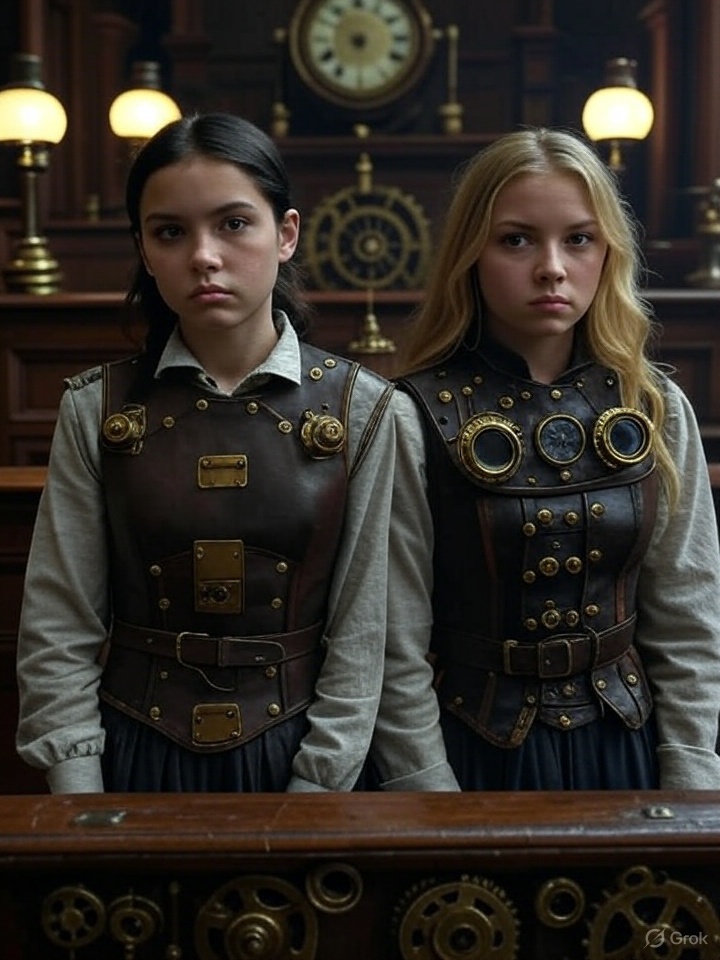 The dismissal of Gifford v. Sheil leaves the influencer industry in a legal gray area.
The dismissal of Gifford v. Sheil leaves the influencer industry in a legal gray area.
While Gifford’s decision to drop the case may signal the challenges of proving originality in a crowded digital space, it also avoids a potentially restrictive precedent that could have limited creative freedom.
For now, influencers must navigate a landscape where imitation is both a byproduct of algorithmic pressures and a potential legal minefield.
As the influencer economy grows—projected to reach $500 billion by 2027 — future disputes may force courts to address these unresolved questions, shaping the balance between originality, inspiration, and intellectual property in the digital age.
In the end, the beige battle fizzled out, but its echoes linger. Influencers like Gifford and Sheil will continue to shape online culture, but the question of who owns a “vibe” remains as elusive as the perfect Instagram filter.

